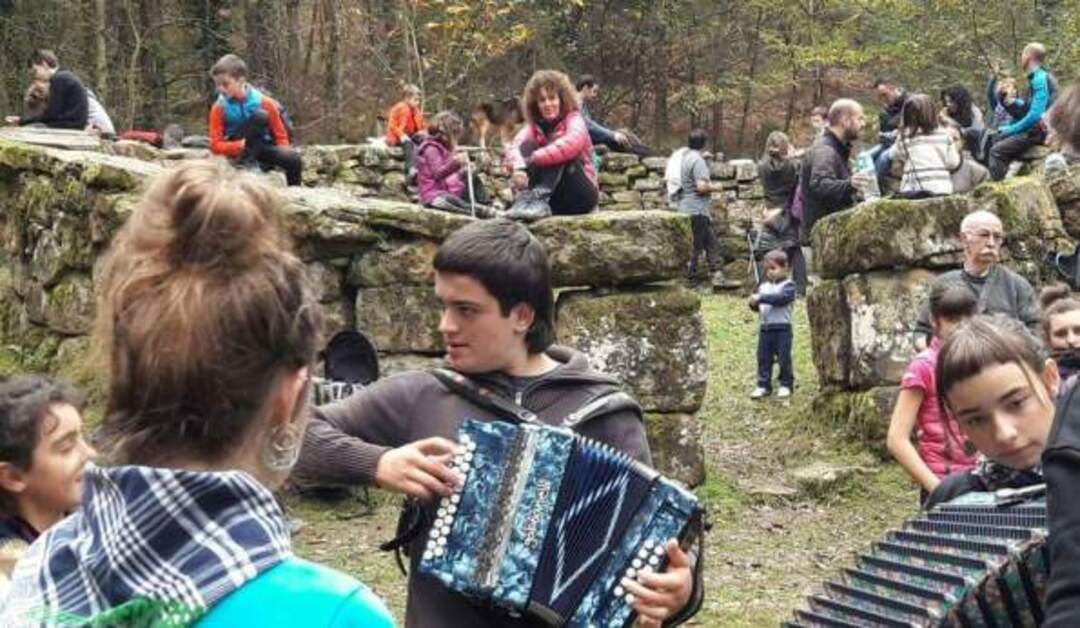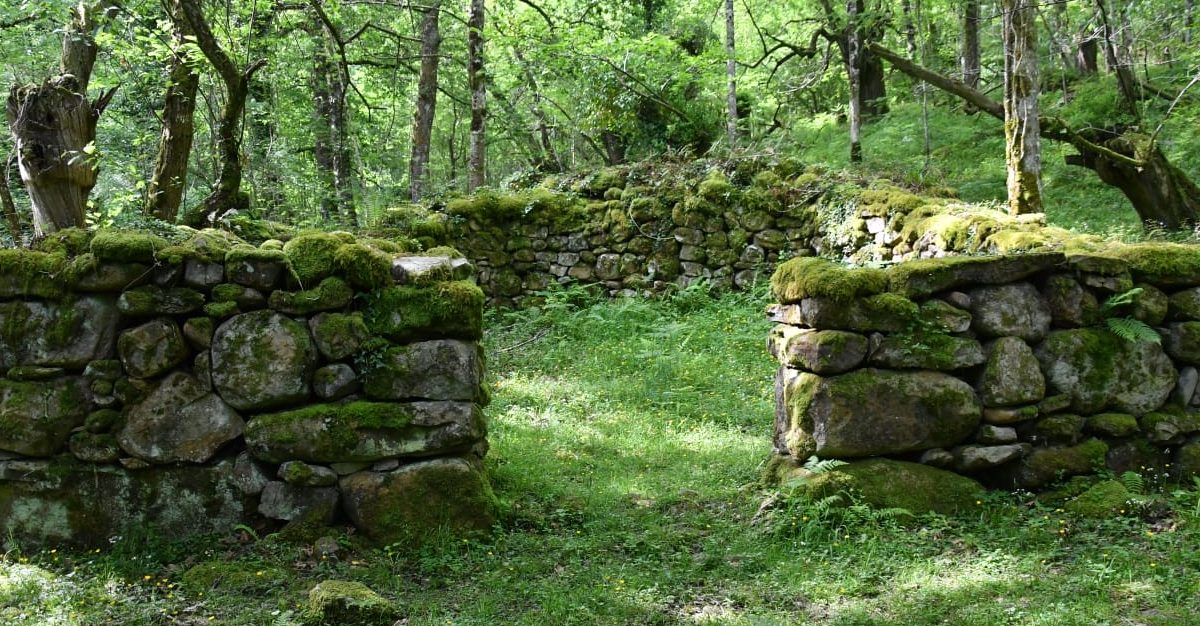Basque ethnography at a glance
The smell of roasted chestnuts shall soon fill the air as countless vendors take to the streets of villages, cities and towns. A cone of a dozen chestnuts for as much as three euros!
Now a favourite treat for cold, dark autumn and winter afternoons, chestnuts were a staple of the traditional Basque diet. And their consumption still prevailed among other nuts and dried fruits until half a century ago.
The chestnut tree was the most widespread and abundant species in the low mountains prior to the replacement of the native forests by large plantations of pine towards the mid-1920s. Chestnut trees were so abundant several fruit varieties differing in size, taste or colour were identified. Chestnuts not consumed by the households were used as food for the pigs —it was common to find pens for them under the chestnut trees— or sold by the bushel. In many cases it was a source of income to pay the rent of the chestnut groves.
Chestnuts were indeed an essential food during autumn and winter, particularly for supper. For five or six months in the year there was practically no other nourishment in the evening apart from chestnuts. And rather than roasted, they were more commonly boiled with a pinch of salt.
Chestnuts were typically harvested from Michaelmas, on 29 September, through to All Saints’ Day, on 1 November. An old saying corroborates the association between the feast for the dead and chestnuts: Domu Santuak eratsiko jozak ‘The dead shall shake the chestnuts off the trees’.
Not only men and women but also children participated in the collection. As a local respondent from Zeanuri (Bizkaia) remembered, school used to break up for chestnut harvesting. And according to another respondent, this one from Orozko (Bizkaia), children would simply not go to school in chestnut season.
Young and old flocked to the woods with carts draught by oxen and donkeys carrying panniers to harvest the fruit of the chestnut trees. Chestnuts were knocked down from the trees with long poles, picked off the ground, loaded into baskets, and carried to carts or panniers. And the spiny husks or burrs —called kirikinoak, literally ‘hedgehogs’, in the region of Nerbioi-Ibarzabal in Bizkaia— still containing nuts were stored there in the mountain.
Along the Cantabrian coast, from Asturias to Sara (Lapurdi), there still exist old-time constructions in the mountain originally meant for storage and preservation of chestnuts inside blurrs known as kirikinausiak —most probably from kirikino, as chestnut blurrs are locally called, and hesiak ‘enclosures’—.
These are round-shaped stone structures in the construction of which no mortar or cement was used, with a narrow opening, or atakea, to go in and out that was boarded up as the enclosure filled. The majority are approximately one metre high and between two and three metres in diameter. Blurrs were covered with ferns, branches and thorned bushes for protection against animals and for the fruits to reach their peak of ripeness. There they remained for one to two months until their husk opened, letting out the nuts.
In Orozko the cultural association Supelaur Kultur Elkartea have restored and recovered, among others, the stone enclosures of Atxurikolanda, Saukudui, Lastrabe and Irukusigieta —the latter been the largest of them all, with a diameter of seven metres—.

Day of the Chestnut 2017. Enclosure of Irukusigieta, Orozko (Bizkaia). Courtesy of Supelaur Kultur Elkartea.
Over the last two decades the mentioned association organize what is known as the Day of the Chestnut on the last Sunday of October. The occasion is celebrated with a walk leaving from the neighbourhood of Usabel up to the enclosure of Irukusigieta, where participants have lunch and roasted chestnuts for dessert, enjoyed with lots of traditional music.
Itziar Rotaetxe – Popular Cultural Heritage Department – Labayru Fundazioa
Translated by Jaione Bilbao – Ethnography Department – Labayru Fundazioa
Reference for further information: Family Diet, part of the Ethnographic Atlas of the Basque Country collection.


